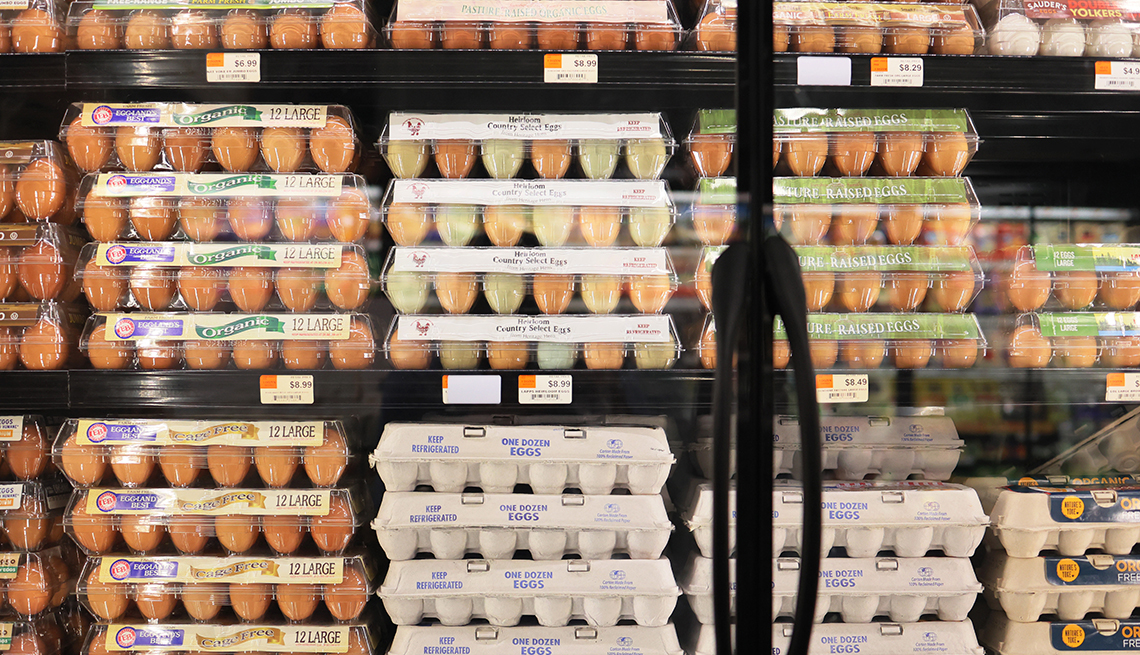
Egg Prices Fall Dramatically as Inflation Eases
- Select a language for the TTS:
- UK English Female
- UK English Male
- US English Female
- US English Male
- Australian Female
- Australian Male
- Language selected: (auto detect) - EN
Play all audios:
Egg prices have finally cracked. According to the Bureau of Labor Statistics (BLS), egg prices fell 13.8 percent in May, the largest one-month decrease since January 1951. In contrast, the
Consumer Price Index (CPI), the government’s main gauge of overall inflation, rose 0.1 percent in May from April. A dozen eggs costs $1.11 at the wholesale level, down from $5.29 at the
end of 2022, according to Trading Economics. Those price declines have shown up at the retail level; a dozen eggs costs an average $2.31 at grocery stores, according to the U.S. Department
of Agriculture. AVIAN FLU STRIKES Egg prices soared in large part because of an outbreak of avian flu, which is nearly 100 percent fatal for chickens. The highly contagious disease killed
52.7 million chickens in 2022, either from the flu itself or from farmers culling the flocks to prevent it from spreading. In Colorado, nearly 85 percent of the state’s egg-laying hens died
last year. Higher energy prices increased the cost of transporting eggs last year. Even the price of chicken feed rose, in part because of increases in the cost of fertilizer — which, in
turn, is influenced by energy prices. (Chicken feed often contains corn, soybean meal and wheat.) This year, the nation’s chicken flocks have rebounded. At the end of December, there were
376 million laying hens, down from 397 million a year earlier, according to the USDA. As of April 2023, there were about 383 million laying hens. Energy prices have fallen as well. The price
of a barrel of West Texas intermediate crude oil, for example, has fallen from $121 a year ago to $69 today. A gallon of regular unleaded gasoline, which sold for an average $5.01 a year
ago, sells for $3.59 a gallon now. In large part because of the decline in egg prices, the BLS index for meats, poultry, fish and eggs decreased 1.2 percent in May from April levels.